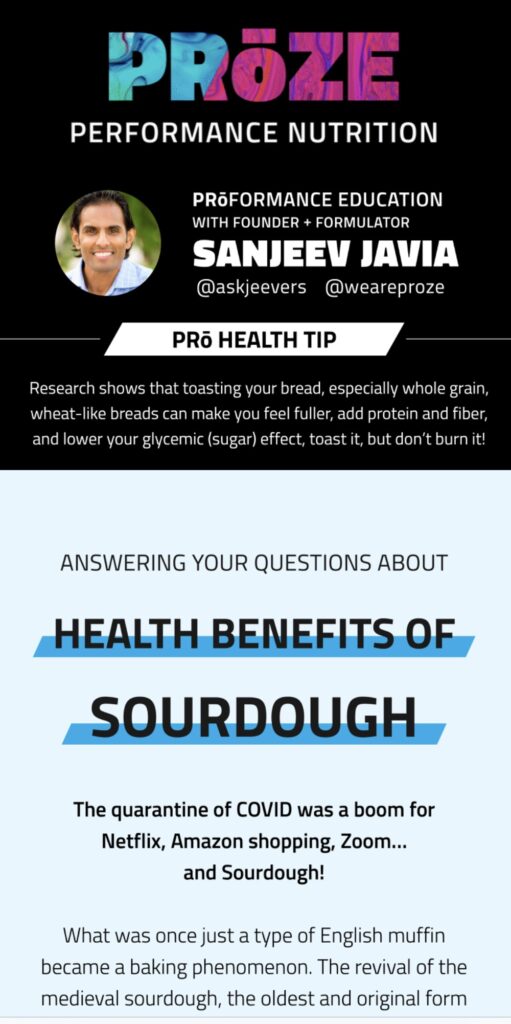The nice thing about CBD and CBD products is that, when taken in the correct dosage, there are not many side effects. CBD is a situational method for treating a variety of different issues; taking CBD at night can help you fall asleep, but taking it during the day is not going to make you suddenly fall asleep. CBD naturally interacts with the state of your body to increase the effect of certain molecules, such as anandamide, in others. It encourages your body to use more of its own endocannabinoids instead of altering the system with negative, unnatural chemicals. In this way, CBD is a useful tool for supporting and balancing the body by allowing for the better utilization of the body’s natural mechanisms and pathways.




